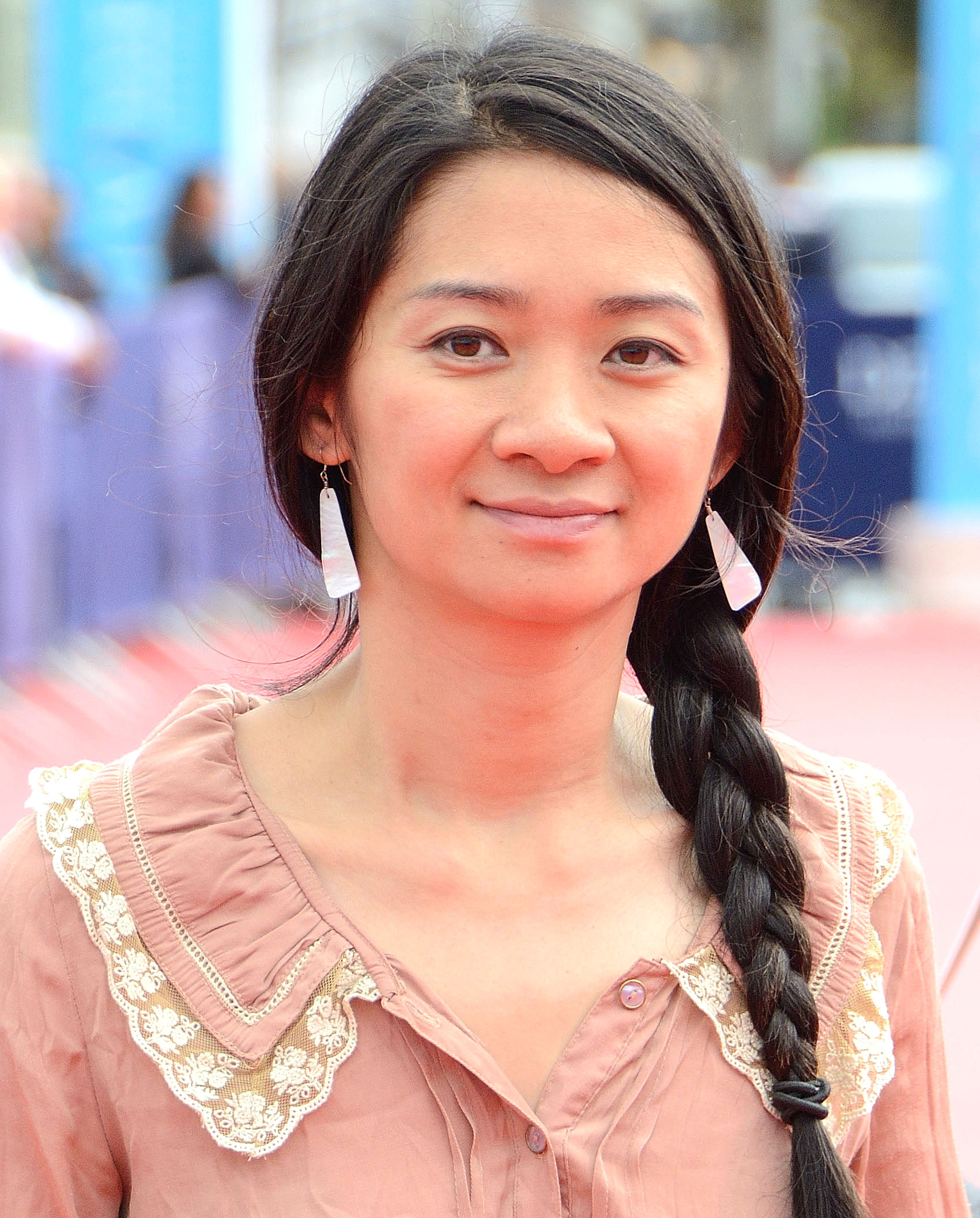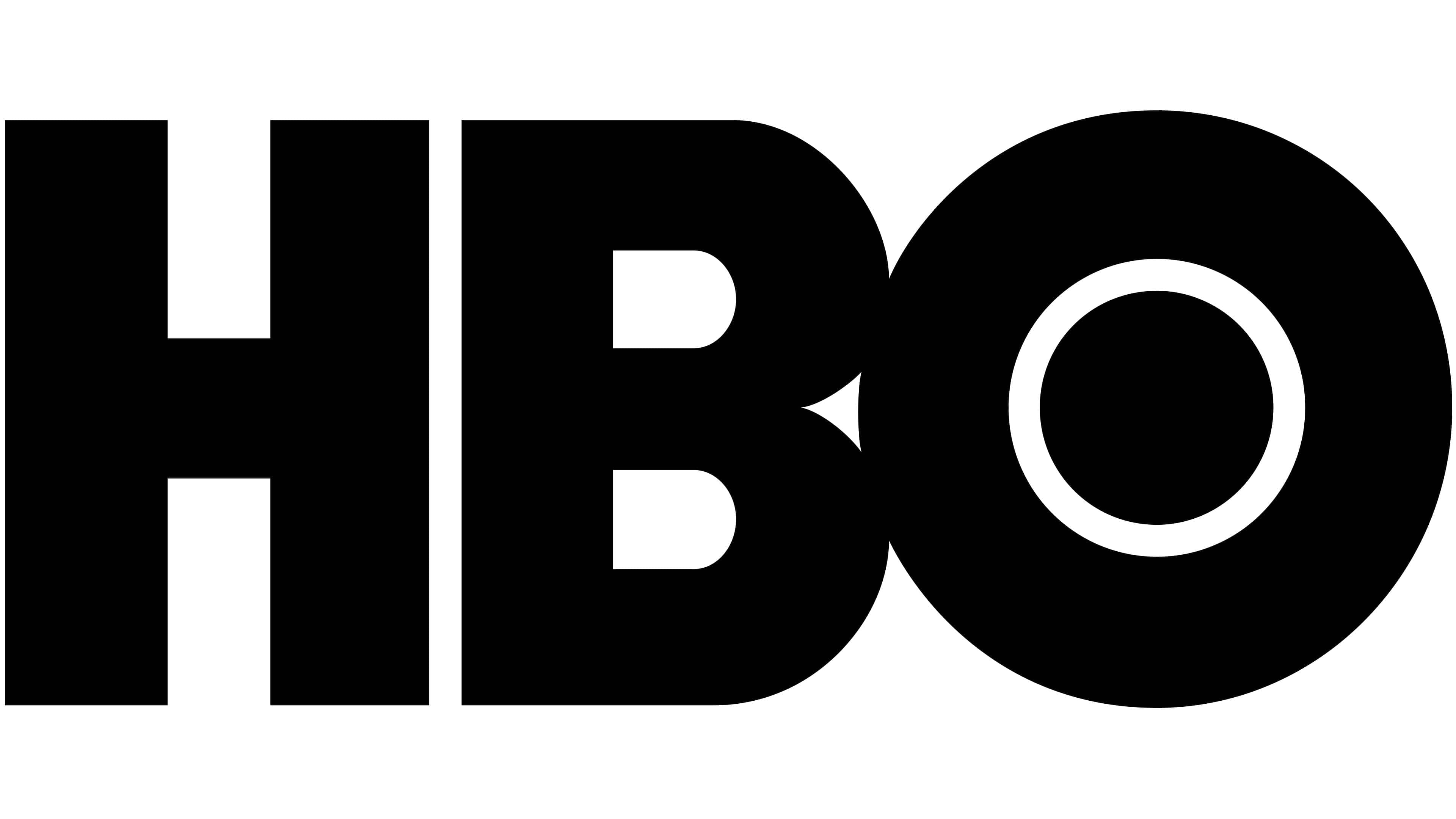
The summer of 1975 irrevocably altered the cinematic landscape. A mechanical shark, an unprecedented marketing blitz, and the fervent vision of a then-little-known director laid the groundwork for what would become known as the blockbuster era. Just two years later, another sprite newcomer, fresh off the success of “American Graffiti,” took a monumental leap of faith with his original concept for a space opera, effectively cementing a new industry paradigm where high-concept, big-budget spectacles reigned supreme.
Today, this cultural phenomenon is not just the norm; it’s the very aspiration for countless filmmakers. Before a director can be entrusted with the gargantuan task of helming larger-scale productions, replete with generous budgets and immense pressure, they must first demonstrate their mettle. This often comes through the crucible of independent filmmaking, where creativity often triumphs over capital, and author-driven narratives flourish.
While some purists might argue that indie films possess an inherent artistic integrity, preferring their willingness to embrace risks with original stories and stylistic choices, the allure of a blockbuster is undeniable. The transition from a classic indie to a studio-backed behemoth is a jarring career shift, one that consistently generates significant buzz and provides a fascinating study in artistic evolution and commercial adaptation. We’re about to journey through the careers of 14 such prodigies, exploring how their distinct visions not only survived but thrived in the dazzling, high-stakes world of Hollywood blockbusters.

1. **David Lowery: From Poetic Dramas to Enchanted Dragons**David Lowery carved out a significant niche on the film festival circuit with evocative works like “Pioneer” and “St. Nick,” cultivating a reputation for a visually stunning and poetic style. His breakthrough, however, arrived with the critically acclaimed crime drama “Ain’t Them Bodies Saints,” which premiered to much fanfare at the 2013 Sundance Film Festival.
The excitement surrounding Lowery’s distinctive voice quickly caught the attention of major studios. Disney, at the time, was embarking on a reimagining of the beloved 1977 musical “Pete’s Dragon.” Lowery was not just on their radar; he was at the top of their list. He was initially brought on as a screenwriter, a role he excelled in, before being offered the director’s chair.
Lowery’s initial hesitation was palpable, rooted in a common indie filmmaker’s fear: “I didn’t think it was going to be a movie that I could excel at, and I didn’t want to wind up being one of those indie directors who makes a big studio movie and find it’s compromised,” he revealed to Business Insider in 2016. This sentiment speaks volumes about the perceived artistic tightrope walked by filmmakers transitioning to commercial projects.
However, a deep kinship with the script he had painstakingly crafted ultimately swayed him. The experience, while presenting both opportunities and challenges inherent in a studio production, proved to be a resounding success. His “Pete’s Dragon” garnered universal praise for its heartfelt storytelling, visual enchantment, and, crucially, Lowery’s distinct directorial style remained intact. He candidly admitted, “I saw myself as an independent filmmaker. But I still carried that flame of wanting to do something big that would set imaginations the same way mine had been watching ‘Star Wars.’ So there is part of me that always wanted to do this.” It’s a testament to his talent that he achieved precisely that, without sacrificing his artistic integrity.

2. **Chloé Zhao: From “Nomadland” to the “Eternals” Cosmos**Chloé Zhao stands as one of the most singular and celebrated voices in contemporary independent cinema. Her critically acclaimed features “Songs My Brothers Taught Me” and “The Rider” showcased a profound ability to capture raw human emotion against vast, often desolate American landscapes. However, it was her third feature, the poignant and Oscar-winning “Nomadland,” that truly propelled her career into the stratosphere.
Even before “Nomadland” swept awards season, Marvel Studios, with their keen eye for emerging talent, had sensed Zhao’s immense potential. Zhao herself, a self-professed admirer of the Marvel Cinematic Universe, proactively reached out to the studio with a clear desire to contribute her vision. “I have been a fan of the MCU for the last decade,” Zhao shared with fellow filmmaker Barry Jenkins during an interview with Variety. “I just wanted to work with that team. Again, back to world-building. It is my favorite thing. That’s why I love ‘Star Wars.’ There is a world that is so rich. I wanted to enter it and see what I can do.”
Her enthusiasm and compelling body of work clearly impressed the studio, leading to her appointment as director for the ambitious adaptation of the Marvel Comics series “Eternals.” Zhao’s signature direction, praised for its ambition and an authentic, almost elegiac sensibility, marked a significant departure for the typically formulaic superhero genre. While “Eternals” received a mixed critical reception, a common challenge for many unique artistic visions within established franchises, Zhao’s resolve remained unbroken.
Reflecting on the film’s reception, Zhao told Empire Magazine, “I have been on the receiving end of somewhat consensus, and divisiveness about my work. Neither of them has any real influence on me as an artist, because every time I’m lucky enough to create, I learn from the process.” This unwavering commitment to her artistic journey, regardless of external validation, exemplifies the resilience often required to navigate the transition from indie darling to blockbuster helmer.

3. **Colin Trevorrow: “Safety Not Guaranteed” and the Roar of “Jurassic World”**Sometimes, the most unlikely advertisements spark the grandest cinematic journeys. For Colin Trevorrow, a peculiar ad from a 1997 issue of “Backwoods Home Magazine” became the unexpected muse for his and Derek Connolly’s debut narrative feature, “Safety Not Guaranteed.” This independent, character-driven comedy, steeped in quirky charm, earned the Waldo Salt Screenwriting Award at the 2012 Sundance Film Festival, quickly cementing Trevorrow as a talent to watch.
The film’s distinctive voice and narrative ingenuity soon caught the discerning eye of none other than Steven Spielberg, who was in the process of breathing new life into the “Jurassic Park” franchise. In 2013, Trevorrow and Connolly were brought on to revise the final draft of the screenplay for the fourth installment, with Trevorrow also slated to direct. This represented an exponential leap in his career, navigating entirely uncharted territory.
The scale of production for “Jurassic World” was, as Trevorrow himself noted to /Film, “exponentially multiplied,” moving far beyond the intimate confines of indie filmmaking. “We’re not shooting it like an Indie movie all the time. I mean, it’s very carefully planned. And, it’s a different style of filmmaking,” he observed, highlighting the stark contrast in production methodologies. The pressure was immense, yet Trevorrow proved unequivocally that he was the right choice for the monumental task.
“Jurassic World” didn’t just succeed; it shattered records, grossing over $500 million in its opening weekend alone. The film was largely embraced as a worthy continuation of the beloved franchise, a testament to Trevorrow’s ability to balance nostalgia with fresh storytelling. This initial triumph led to his continued involvement in the series, serving as a writer for “Jurassic World: Fallen Kingdom” and returning to both write and direct “Jurassic World Dominion,” cementing his status as a blockbuster architect.

4. **Marc Webb: From “500 Days of Summer” to Slinging Webs**It’s a rare feat for a debut independent feature to become an award-winning sleeper hit. Yet, that’s precisely what Marc Webb achieved with his romantic comedy “500 Days of Summer,” which premiered at the 2009 Sundance Film Festival. Praised for its unconventional storytelling and earnest charm, it was a remarkable start to a filmmaking career, though few, if any, could have predicted his next move: directing a multi-million-dollar reboot of “Spider-Man.”
In 2010, following the announcement that Sam Raimi’s “Spider-Man 4” would not proceed, a franchise reboot, dubbed “The Amazing Spider-Man,” was put into motion. The decision to tap Webb, a fresh-faced director known for a quirky rom-com, to helm one of Sony’s most successful superhero properties raised eyebrows, though his coincidentally perfect last name for the role was often noted with a chuckle.
Explaining the choice, Amy Pascal, co-chairman of Sony Pictures Entertainment, and Matt Tolmach, president of Columbia Pictures, stated in a press release: “The key for us as we sought a new director was to identify filmmakers who could give sharp focus to Peter Parker’s life… We believe Marc Webb is the perfect choice to bring us on that journey.” This indicated a desire for a director who could ground the superhero spectacle in compelling character work, a skill Webb had masterfully demonstrated in his indie debut.
Both of Webb’s Spider-Man films proved to be box office successes, validating the studio’s bold gamble on an unconventional choice. His ability to navigate the intricacies of a major franchise while retaining a focus on character, even in the midst of massive action sequences, ensured that these blockbusters were far from the end of his big-budget filmmaking journey.

5. **Jon Watts: From “Cop Car” to the Marvel Cinematic Universe’s Spider-Man**Just a year after “The Amazing Spider-Man 2” hit theaters, Sony Pictures Entertainment and Marvel Studios announced a groundbreaking new trilogy that would fully integrate Spider-Man into the Marvel Cinematic Universe. The search for a director to steward this monumental task began, and once again, an indie director emerged as the unlikely, yet ultimately perfect, candidate: Jon Watts.
Watts had already begun turning heads with his tense road thriller, “Cop Car,” showcasing a knack for suspense and character-driven narratives. However, it was his sheer persistence and creative initiative that truly landed him the coveted directing gig. He recounts his initial foray: “I had a really great meeting with them – an initial meeting after they had seen ‘Cop Car’ – and I really didn’t ever think I was going to get it,” Watts revealed in an interview with Den of Geek.
Undeterred by initial doubts, Watts continued to impress and advocate for his vision. “Then I just, kind of, bothered them. And everyone at Sony. I made like a mood reel, just editing together a bunch of clips into almost like a fake trailer. To show people the tone I was imagining… I really didn’t think I was gonna get it, until the very very end.” This proactive approach, going above and beyond to articulate his vision for Spider-Man, clearly resonated with the studios.
The massive leap from indie filmmaking to the colossal scale of the MCU paid dividends for everyone involved. Watts directed “Spider-Man: Homecoming” to great success, followed by its equally acclaimed sequels, “Spider-Man: Far From Home” and “Spider-Man: No Way Home.” His distinctive blend of youthful energy and high-stakes action cemented his status as a formidable blockbuster filmmaker, opening doors to other major projects like the Apple TV+ thriller film “Wolves” and the Disney+ series “Star Wars: Skeleton Crew.”

6. **Lexi Alexander: From Kickboxing to “Punisher: War Zone”**Lexi Alexander’s journey into directing is as unconventional and tenacious as her background in martial arts and kickboxing. This extensive experience arguably provided a unique foundation for her filmmaking career. Her close relationship with martial artist and actor Chuck Norris initially led her to stunt work in Hollywood, a path that ultimately culminated in her directorial debut with the Academy Award-nominated short film “Johnny Flynton.”
She then went on to direct her first feature, “Green Street,” an indie crime drama exploring the subculture of football hooliganism in the United Kingdom. The film premiered at the South by Southwest festival, where it earned both the Jury Award and the Audience Award, signaling a strong directorial voice capable of tackling gritty, intense subject matter with authenticity.
When “The Punisher” sequel, “Punisher: War Zone,” was in development, Alexander shocked many by stepping up to the challenge. In doing so, she became the first woman to direct a Marvel film outside of Marvel Studios’ burgeoning MCU. This initiation into a typically male-dominated genre was met with skepticism from some small-minded viewers, who questioned a woman’s capacity to helm such an action-heavy film.
Initially, “Punisher: War Zone” faced a barrage of negative critical reviews, which Alexander attributed to a confluence of budgeting and marketing issues, as well as creative conflicts. However, in the years since its release, the film has cultivated a substantial cult following, finding its audience and appreciation for its raw intensity. Unfortunately, despite her talent, Alexander has faced the challenge of being pigeonholed with projects focused on violence and action, leading to a decade-long dry spell from the feature-length director’s chair, though she has directed episodes for notable TV shows since.

7. **Catherine Hardwicke: From Production Design to “Twilight”‘s Gothic Romance**Catherine Hardwicke’s extensive years spent working on film sets as a production designer provided her with an intimate understanding of visual storytelling and cinematic craft. This foundational experience eventually inspired her to step behind the camera and create her own narratives. Her directorial debut arrived in 2003 with the raw and impactful teen drama “Thirteen.”
“Thirteen” premiered at the 2003 Sundance Film Festival, where it notably won the Director’s Award, instantly becoming a touchstone in the independent film world for its unflinching portrayal of adolescence. Hardwicke continued to build her indie portfolio with two more favorites: the skateboarding drama “Lords of Dogtown” and the biblical drama “The Nativity Story,” showcasing her versatility and ability to elicit powerful performances.
During this period, Stephenie Meyer’s vampire romance novel “Twilight” had captivated readers globally. Erik Feig, then president of production at Summit Entertainment, keenly awaited the rights, and when they were finally secured, Hardwicke was already his top choice to direct. Her proven track record with emotionally charged, character-driven narratives made her an ideal fit for the intensely angsty romance of “Twilight.”
The adaptation was widely praised for Hardwicke’s distinctive direction, its reverent faithfulness to the source material, and its ability to capture the irresistibly moody romance that had entranced millions. The film’s immense success spawned an entire franchise, though Hardwicke herself did not continue with the sequels, stepping aside due to scheduling and creative conflicts, with Chris Weitz and Bill Condon taking over for “New Moon” and “Breaking Dawn – Parts 1 & 2,” respectively. Her impact, however, on establishing the tone and visual style of the enduring “Twilight” saga remains undeniable.
Diving deeper into the cinematic landscape, we uncover more of these fascinating transitions, where raw talent nurtured in the indie world found its voice and its budget on Hollywood’s grandest stages. The allure of the blockbuster, once a distant dream, became a tangible reality for these visionaries, allowing them to expand their storytelling prowess in ways previously unimaginable. Their journeys not only redefine their careers but also leave an indelible mark on popular culture.

8. **Sam Taylor-Johnson: From “Nowhere Boy” to “Fifty Shades of Grey”‘s Allure**The cultural phenomenon surrounding Stephenie Meyer’s “Twilight” saga was immense, yet few could have predicted its further ripple effect, inspiring an erotic fanfiction that would soon become its own global sensation: “Fifty Shades of Grey.” When it came time to translate this provocative bestseller to the screen, the task required a director with a nuanced touch, capable of navigating complex relationships and intense emotional chemistry. Enter Sam Taylor-Johnson.
A celebrated conceptual artist and photographer, Taylor-Johnson had already proven her narrative capabilities with her award-nominated indie film, “Nowhere Boy.” This feature, which thoughtfully explored John Lennon’s teenage years, showcased her keen eye for character depth and emotional storytelling, making her an intriguing choice for a project as potentially polarizing as “Fifty Shades of Grey.” Her selection was met with a clear vision from the studio.
Producer Mike De Luca articulated the reasoning behind her appointment in a press release, stating, “Sam’s unique ability to gracefully showcase complex relationships dealing with love, emotion and ual chemistry make her the ideal director to bring Christian and Anastasia’s relationship to life.” This endorsement highlighted the studio’s confidence in her ability to handle the delicate balance of the narrative, moving beyond mere spectacle to explore the psychological underpinnings of the story.
Indeed, Taylor-Johnson proved to be a fitting choice. The controversial film went on to dominate the box office, a testament to her directorial strength in bringing the beloved — and sometimes infamous — material to life. While creative differences with the author prevented her from continuing with the sequels, her singular vision firmly established the cinematic tone for the “Fifty Shades” franchise, and she swiftly moved on to her next projects, cementing her reputation as a formidable talent.

9. **Gareth Edwards: From DIY Sci-Fi to “Godzilla” and “Star Wars” Spectacle**Gareth Edwards’ trajectory into blockbuster filmmaking is a remarkable tale of ingenuity and sheer talent. Beginning his career as a visual effects artist, he possessed a unique toolkit that he would ingeniously apply to his directorial debut. In 2010, with a minimal crew of just five people and an astonishingly modest budget of $500,000, Edwards crafted the sci-fi horror film “Monsters.”
This low-budget marvel defied expectations, grossing more than ten times its budget at the box office and firmly establishing Edwards as a director who could achieve monumental results with limited resources. His ability to create a vast, immersive world and compelling narrative on such a small scale did not go unnoticed by Hollywood’s major players. When Warner Bros. and Legendary Pictures began searching for a director to reboot their iconic “Godzilla” franchise, Edwards was an obvious and inspired choice.
Edwards approached “Godzilla” not just as a fan of “Star Wars” but with a deep appreciation for the architects of blockbusters, drawing influence from legends like Steven Spielberg. This strategic homage was evident in the film’s execution, with many critics and audiences noting stylistic similarities to Spielberg’s grand-scale storytelling. This tactic proved to be a masterstroke, allowing him to navigate the complexities of his first large-scale project with a guiding hand.
The 2014 “Godzilla” was a resounding success, effectively reintroducing the King of the Monsters to a new generation and reaffirming Edwards’ prowess in crafting immersive, epic cinema. Though he opted to step away from the direct sequels, a dream opportunity soon arose: directing “Rogue One: A Star Wars Story,” the franchise’s first standalone spin-off. This allowed him to fully realize a childhood fantasy, demonstrating his capacity to breathe new life into beloved intellectual properties while imprinting them with his distinctive vision.

10. **Jordan Vogt-Roberts: From Quirky Indie to the Mighty “Kong: Skull Island”**The path from directing web series and shorts to helming a major studio blockbuster is a testament to perseverance and a distinctive artistic voice. Jordan Vogt-Roberts honed his craft in these smaller formats before breaking through with his first narrative feature, “The Kings of Summer.” This charming coming-of-age dramedy, which screened at film festivals in 2013, quickly found wider distribution when CBS Films acquired its rights.
“The Kings of Summer” resonated with audiences and critics alike for its unique blend of humor, heart, and youthful adventure. Its success brought Vogt-Roberts to the attention of Hollywood, placing him in the pool of potential directors for the highly anticipated 2017 King Kong reboot, “Kong: Skull Island.” This was a significant leap, considering the initial plans for the project were to serve as a direct sequel to Peter Jackson’s 2005 “King Kong” remake.
However, Legendary Pictures decided to pivot, opting instead for a King Kong and Godzilla crossover universe. While this meant a change in direction and personnel, with Jackson and initial director Adam Wingard departing, Vogt-Roberts found himself in the director’s chair. It was a monumental challenge, thrusting him into a massive production as only his second feature film, but one he tackled with admirable resolve and a clear vision.
The result was a box office hit that impressed both critics and audiences. Reflecting on the film with Fandango, Vogt-Roberts proudly noted, “I’m proud that when you watch the climactic battle, and when you watch many of these action sequences, they very much have my stamp on them. You can go, oh, so that’s what happens when we give Jordan Vogt-Roberts millions of dollars and geniuses at ILM to play with.” This statement perfectly encapsulates the thrilling synergy when an indie sensibility meets blockbuster resources, allowing a director’s unique vision to flourish on an epic scale.
_2.jpg/640px-Ryan_Coogler_(36203771036)_2.jpg)
11. **Ryan Coogler: From Sundance Sensation to “Black Panther”‘s Global Impact**Ryan Coogler’s journey from independent filmmaking to becoming one of Hollywood’s most sought-after directors is nothing short of inspirational. His early shorts, crafted while attending the USC School of Cinematic Arts, already hinted at the profound talent destined for great things. It was his feature-length directorial debut, “Fruitvale Station,” starring his frequent collaborator Michael B. Jordan, that truly launched his prolific career.
“Fruitvale Station” premiered at the 2013 Sundance Film Festival, where it was an immediate sensation, earning both the Audience Award and the Grand Jury Prize. Its critical acclaim was quickly followed by commercial success, grossing over $17 million against a modest $900,000 budget. This powerful, emotionally resonant film showcased Coogler’s ability to tell deeply human stories with undeniable impact.
His next career move was a crucial one, as he ventured into mainstream filmmaking with “Creed,” a spin-off from the iconic “Rocky” franchise. Yet, Coogler ensured he never lost sight of his personal motivations for storytelling. He shared with The Los Angeles Times, “‘Rocky’ was my dad’s hero… So I thought, maybe I come up with this story, maybe it’s something I’ll write and he reads it and gets motivated to fight.” This personal connection infused the film with a heartfelt authenticity, leading to overwhelming success and two more sequels.
However, Coogler passed on directing the subsequent “Creed” films to take on an even more monumental task: helming Marvel’s “Black Panther.” This blockbuster triumph not only became a cultural touchstone but also cemented Coogler’s place as a visionary filmmaker capable of delivering both critical depth and massive commercial appeal, proving that a strong authorial voice can thrive within the confines of a major studio franchise. His impact on both the industry and diverse representation remains profound.
These 11 directors, from their humble indie beginnings to their triumphs on the blockbuster stage, serve as powerful reminders that creativity, persistence, and a unique vision are the true currencies in Hollywood. They represent a fascinating blend of artistic integrity and commercial acumen, proving that the leap from micro-budget marvels to mega-budget spectacles is not just possible, but often, where some of cinema’s most exciting evolutions occur. Their stories are a testament to the enduring power of storytelling, regardless of scale, and an inspiring beacon for aspiring filmmakers everywhere who dream of one day seeing their own visions writ large across the silver screen.



